A few years ago when we first started growing flowers at the farm, we planted many different types of flowers to see what would grow well in our area. One of these plants was Silene Blushing Lanterns, a sweet little balloon shaped flower with starburst petals. Learn how to grow Silene Blushing Lanterns - Silene vulgaris, a wonderful wildflower and filler for your bouquets.
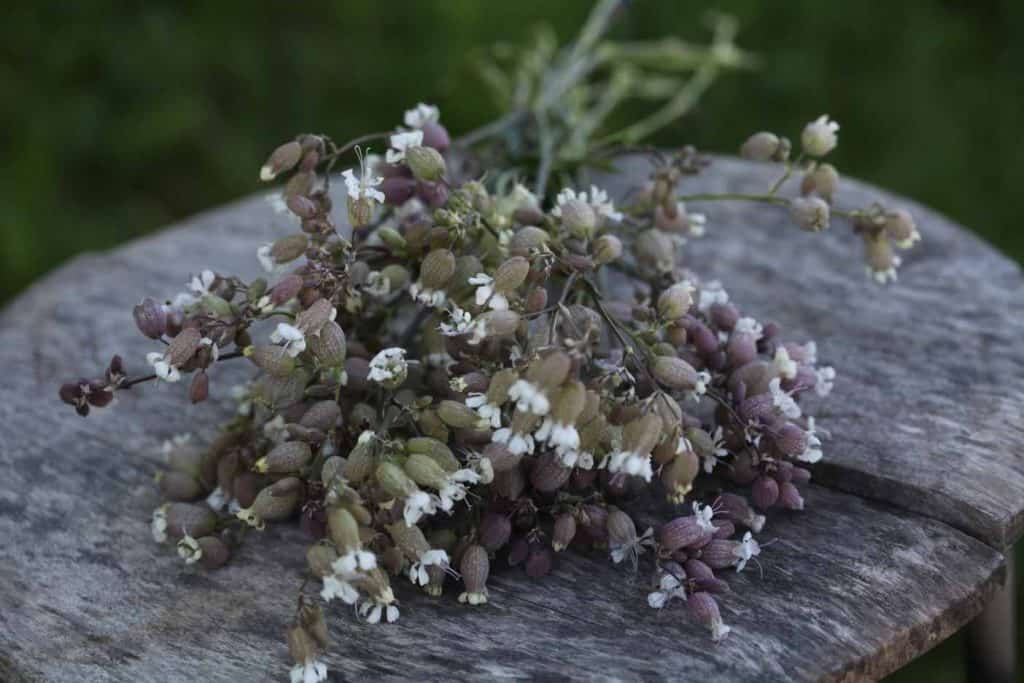
Silene is actually a wildflower, and a fairly common one growing right here in Nova Scotia and throughout the Maritime provinces.
Silene Blushing Lanterns- Silene Vulgaris
A member of the family Caryophyllaceae, Silene is a genus of flowering plants which contains nine hundred different species.
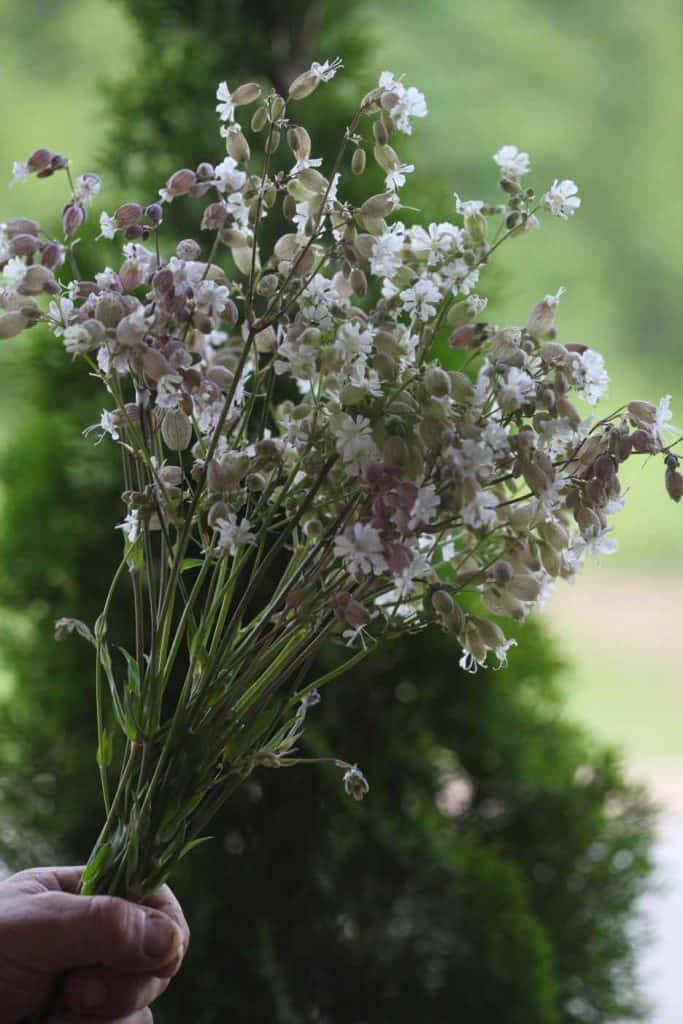
Silene Blushing Lanterns, or Silene Vulgaris is one of those species. Commonly known also as Bladder Campion, Silene vulgarisis is native to Europe.
It is also known as Maiden's tears.
It is found throughout North America, and often grows wild in meadows, along roadsides and streams, and in open fields.
Silene is a wildflower here in Nova Scotia, and is sometimes referred to as a weed.
I smile when I think that we brought these little seeds all the way from Washington to Nova Scotia, when we had them growing already in our own backyard.
It is however all a part of the learning experience, and it all worked out very well in the end.
Silene Flower
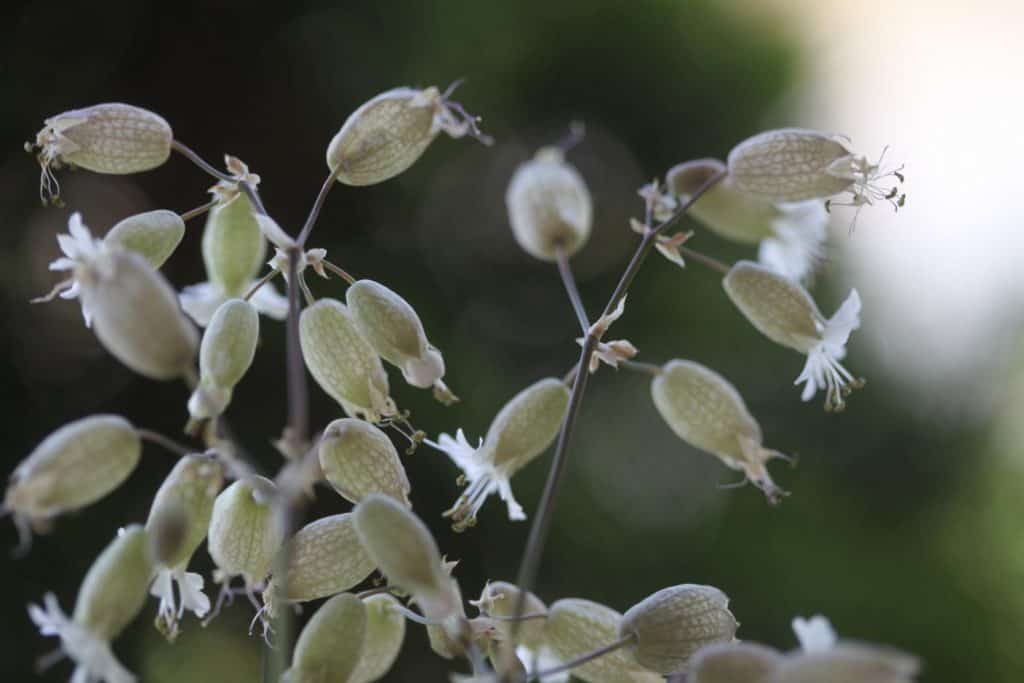
The Silene flower itself is interesting and quite charming in appearance.
It is romantic and cottage-like and a great flower for wedding work.
The calyx is the bell shaped back end of the flower, consisting of fused sepals. It has the appearance of a balloon, or bladder, thus the name "bladder" campion.
It also looks like a little lantern, from which it got it's "blushing lantern" name.
These sweet bells can be green or lavender coloured, and we had a mixture of both in our Silene patch. There is some veining on the calyxes, and a bit of a blush to some of the flowers, hence the "blushing" reference.
The petals of the flower protrude from the opening of the calyx, and consist of five doubled white petals.
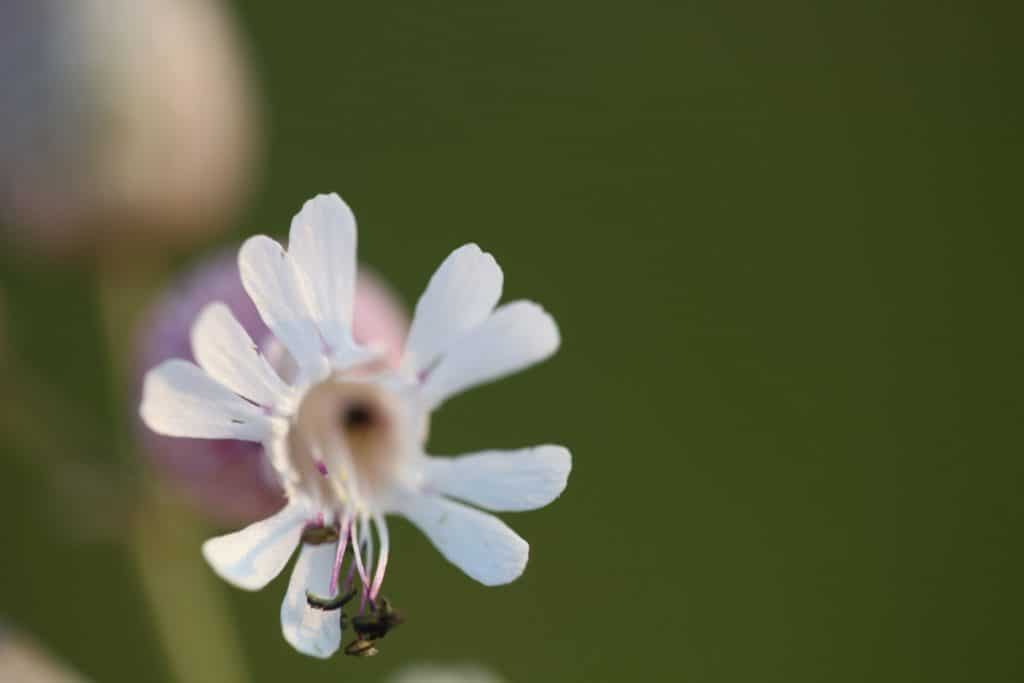
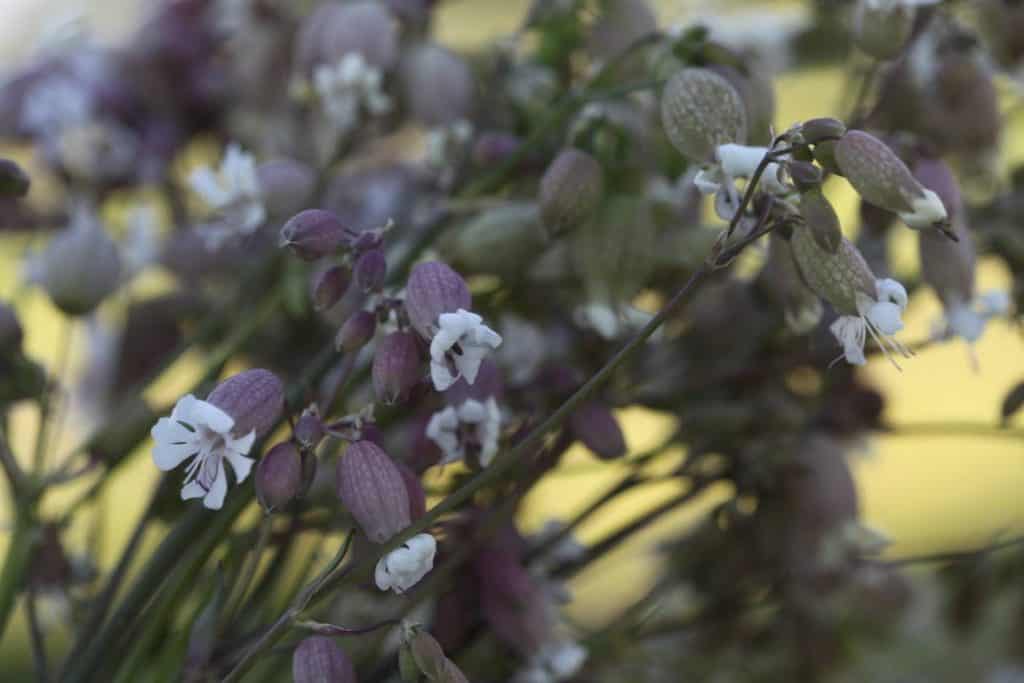
These protruding petals remind me of lacy britches.
The flowers form along the stems of the plant in sprays.
They make wonderful cut flowers, and will last in the vase for seven to ten days.
Silene vulgaris also drys very well if using for everlastings.
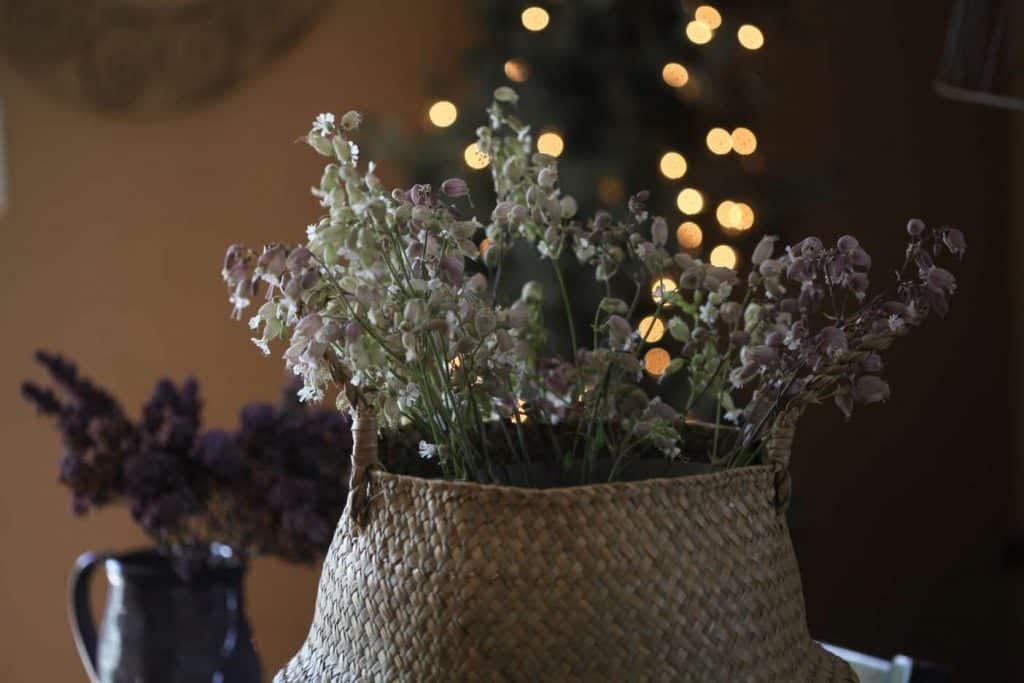
Is Silene A Perennial?
Silene, as it turns out is a perennial flowering plant.
It was planted as an annual initially, and it bloomed in it's first year, although I was not impressed with the stem length and could not use it in bouquets that first year.
When it reappeared in the garden the second year I realized that it was a perennial.
Since it was a perennial, I reconsidered it's bloom in the first year. I thought that blooming in the first year was in fact really impressive, as most perennials don't bloom until the second year of growth.
When Silene returned the second year, it bloomed with much more vigor and size, and put on a wonderful display. Stem length was double to that of the first year, and we were very pleased with this sweet little plant.
How Do You Grow Silene Blushing Lanterns?
We grew Silene from seeds obtained from Floret.
Silene Seeds
- Silene seeds are tiny black and round. They can be harvested easily from the dried flower pods when mature.
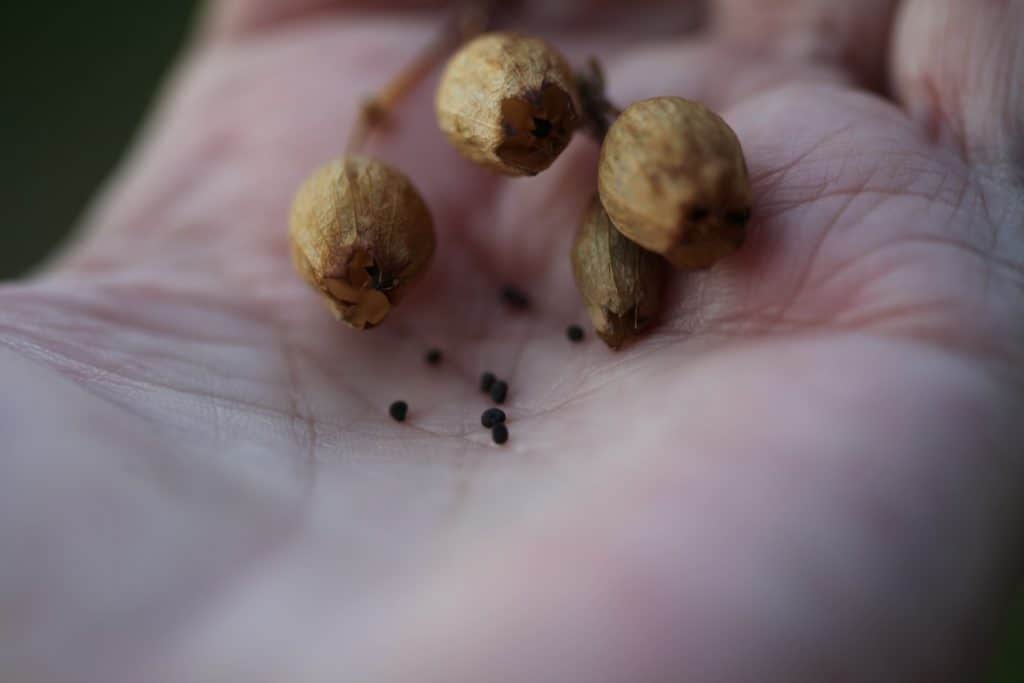
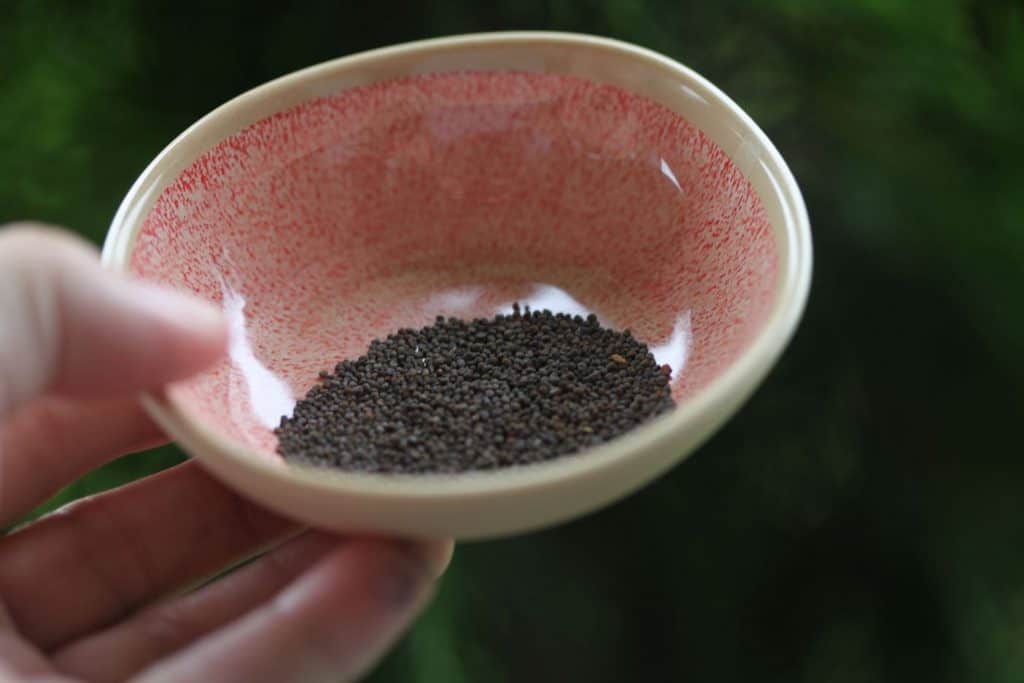
- We started our Silene flower seeds indoors in winter, as we do most of our seeds for the farm.
- Normally we stratify both perennial and hardy annual seeds.
- Since I was planting Silene as an annual that first year it did not receive any stratification, and it seemed to grow quite well anyway, with good germination results.
How Do You Plant Silene Seeds?
- Silene seeds can be planted indoors into trays with a good seed starting mix, or sown directly outside into the garden.
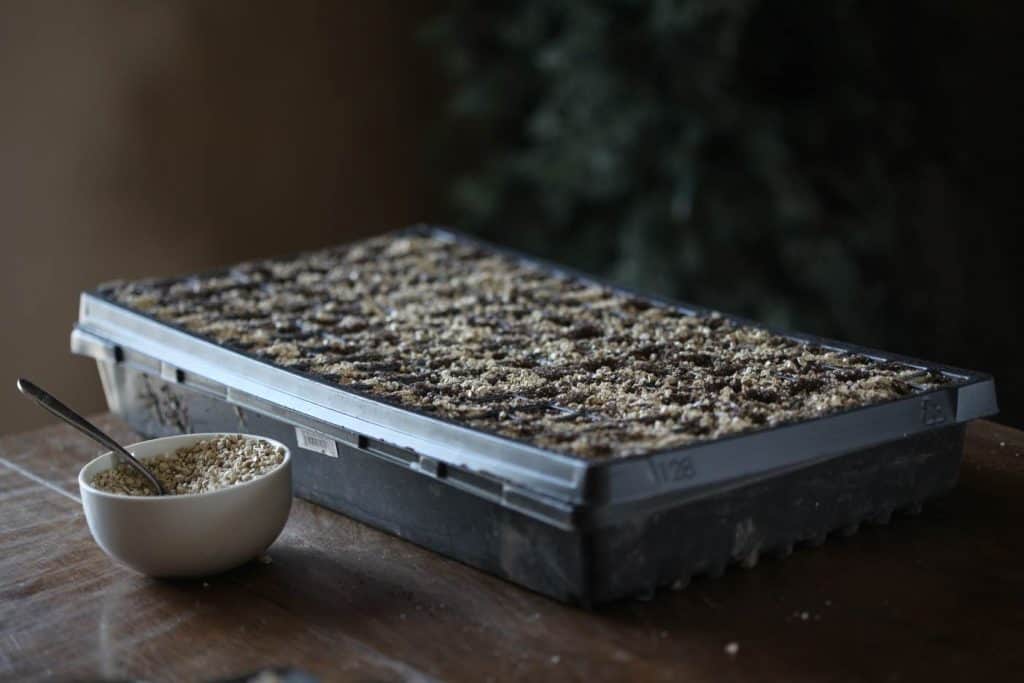
When To Sow Silene Seeds
- If starting indoors, the seeds can be sown in late winter or early spring. We generally start our seeds indoors in March.
- We grow in zone 5b so our seed sowing is much more successful if started earlier indoors. The plants are larger and more mature when ready for planting out.
- We often get late spring frosts which can damage the seedlings grown outside in early spring.
- That being said, perennials and hardy annuals generally will tolerate late spring frosts, and actually can benefit from these frosts if stratification is required.
- For Silene, choosing either method of planting should be a viable one.
- If sowing your Silene seeds directly into the garden, this can be done in the fall or spring.
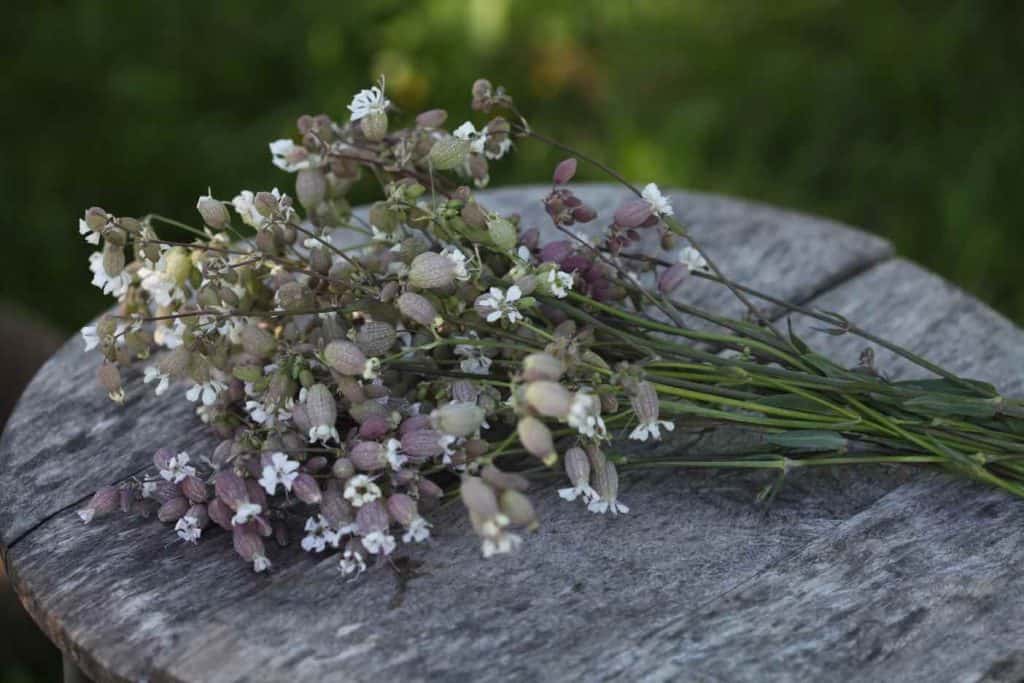
Silene Blushing Lanterns Germination
- After the seeds were sown in cell trays they were bottom watered to moisten the soil.
- They were then placed on a heat mat for bottom heat to aide in the germination.
- Make sure to keep the soil moist until the seeds germinate, and do not let it dry out.
- Germination should occur within one to two weeks.
- Using heat mats has been a game changer for us when starting seeds indoors.
- It has contributed to successful seed starting and is an important part of our set up.
- If growing inside, grow under grow lights until the seedlings are ready to be hardened off and planted into the garden.
- Generally for us, the seedlings are at least six to eight weeks old before planting out.
Where To Plant Silene
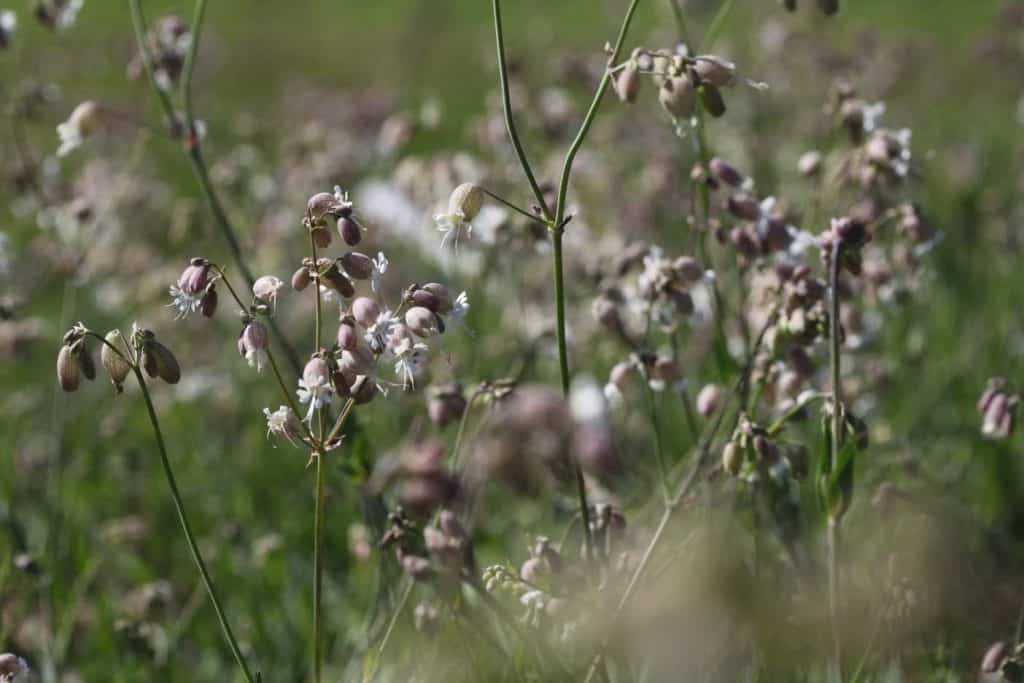
- Plant the Silene seedlings in a sunny spot with well drained soil.
- They will tolerate some shade, however Silene Blushing Lanterns will grow better in full sun.
- Our Silene grows very well in clay soil in a sunny location.
- We planted it in landscape fabric twelve inches apart.
How To Care For Your Silene Blushing Lanterns Plant
- Silene Blushing Lanterns do not really require much extra care.
- They are herbaceous perennials and the plant dies back into the ground every winter.
- Deadhead and clean up plant debris as necessary.
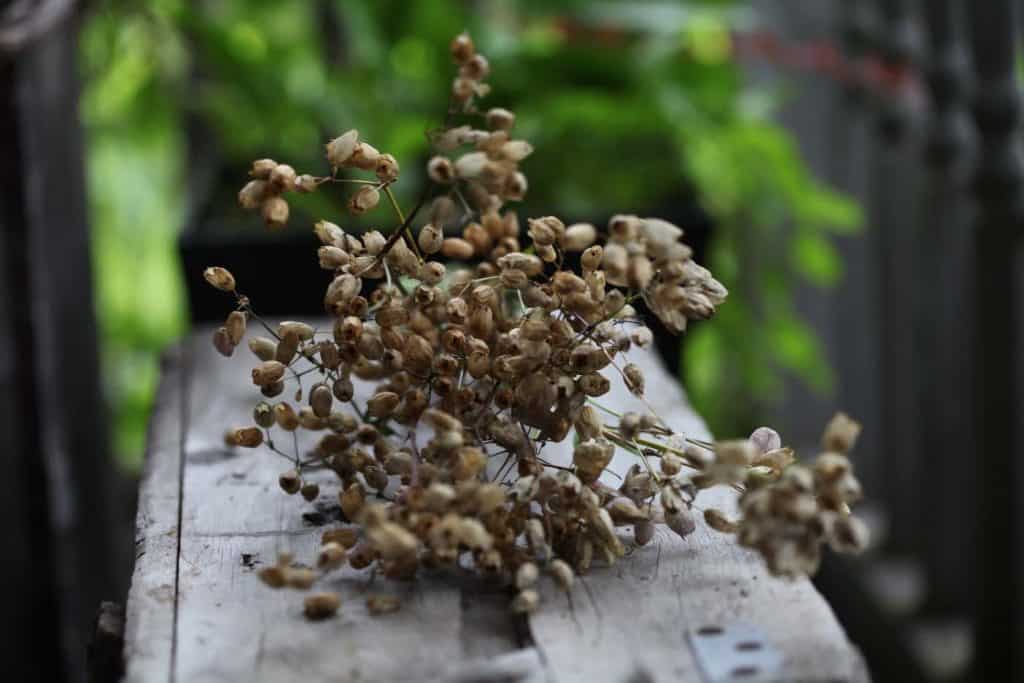
How To Deadhead Silene
- Harvesting regularly will produce more blooms throughout the growing season.
- It also removes the stems from the plant and prevents seed formation.

- Stems that are not harvested will remain in place on the plant. The flowers will turn brown, and quickly produce tiny black seeds, which are then self sown.
- Deadheading spent blooms will help to prevent self sowing.
- To deadhead, cut the stems back, down to the sets of leaves at the base of the plant.
Is Silene Vulgaris Invasive?
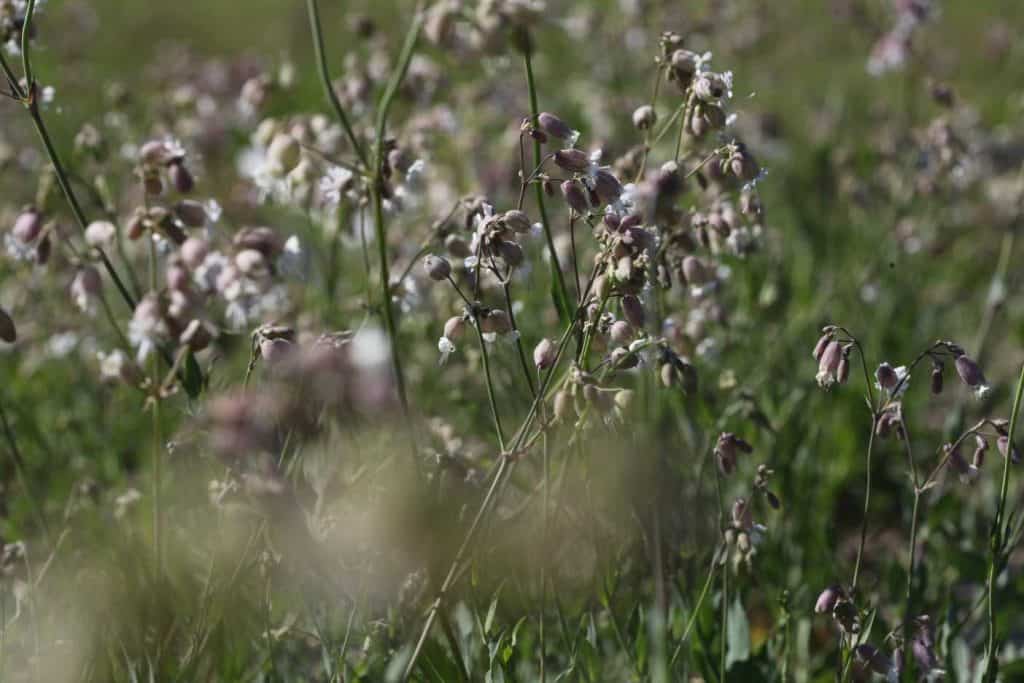
Silene vulgaris has escaped cultivation and naturalized in many areas of North America.
It is listed in the Invasive Plant Atlas of the United States.
How Big Does Silene Grow?
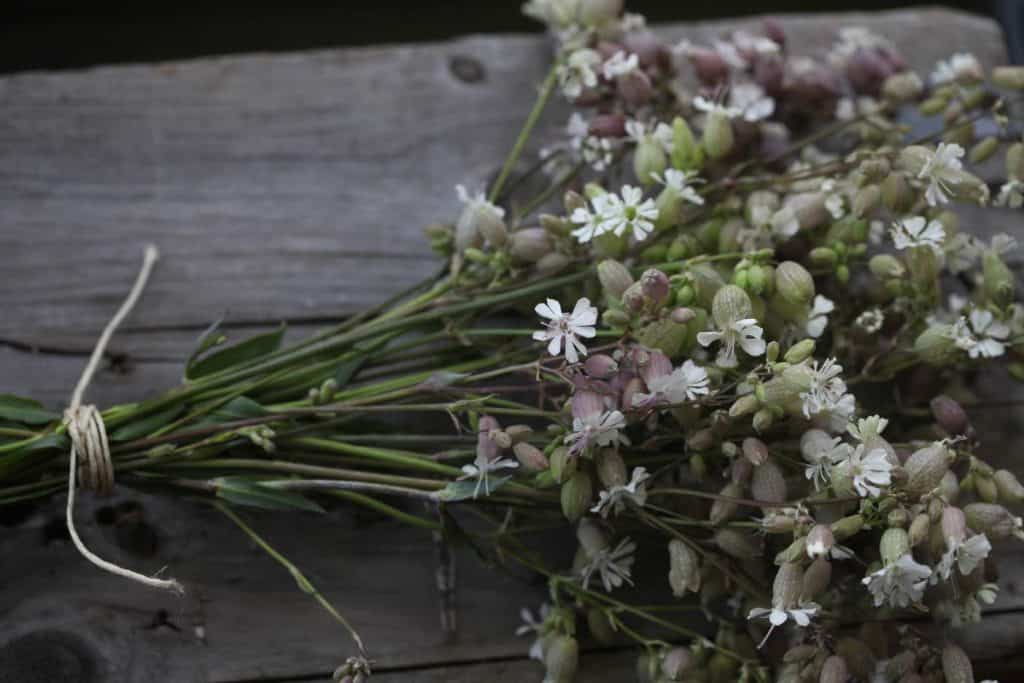
Silene's height will vary, depending on age and area where it is planted.
Ours was much taller in the second year of growth.
Stems were approximately twenty-four inches or two feet in length, perhaps a little longer.
Typical stem height for this plant is eighteen to thirty inches.
We had another patch growing in a partially shady location. These plants were shorter than those growing in full sun.
Is Silene Hardy?
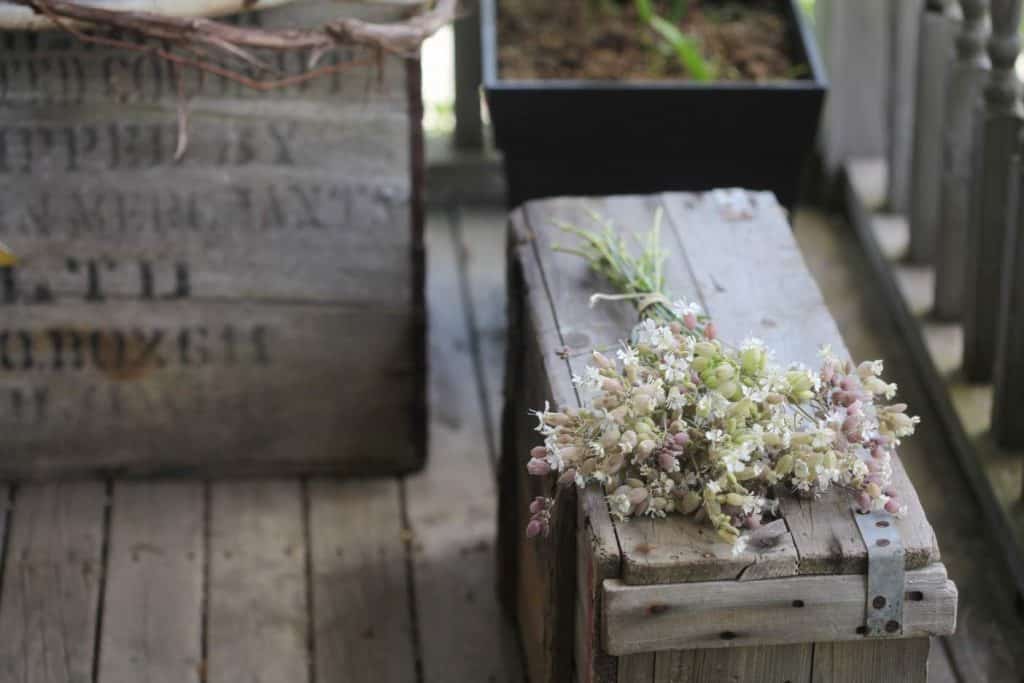
Silene vulgaris is a hardy perennial. It grows very well here in Nova Scotia Canada, and in our own growing zone of 5b.
Silene Blushing Lanterns Zone
Silene is hardy from zones 4 to 7.
It is able to endure freezing winter temperatures often as low as -20°C, only to return to bloom the following growing season.
Is Silene Vulgaris Edible?
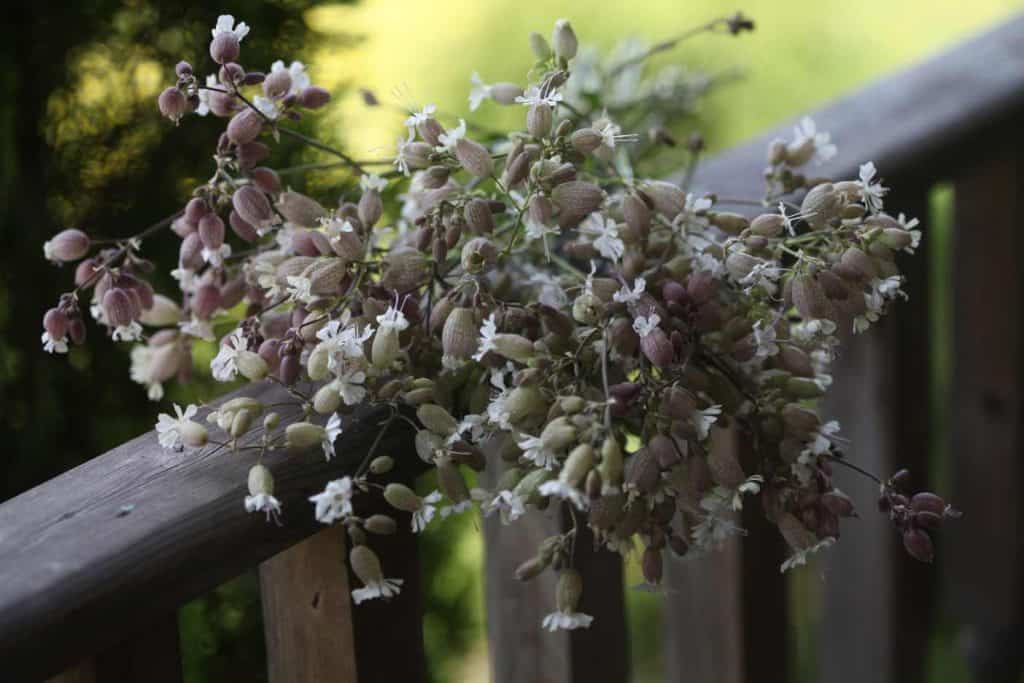
I always like to know the history of our flowers, and a bit of background on traditional use.
Silene Vulgaris has in fact been used in cuisines in Europe, and the plant is edible.
It is mainly the leaves that are eaten, and the taste is compared to pea sprouts. Apparently it is slightly bitter if eaten raw, however cooking removes the bitter flavour.
We will definitely be giving these a try.
Have you ever tried to grow Silene Blushing Lanterns? Be sure to leave a comment below to share your experience!
OTHER POSTS YOU MAY LIKE:
PIN IT FOR LATER!
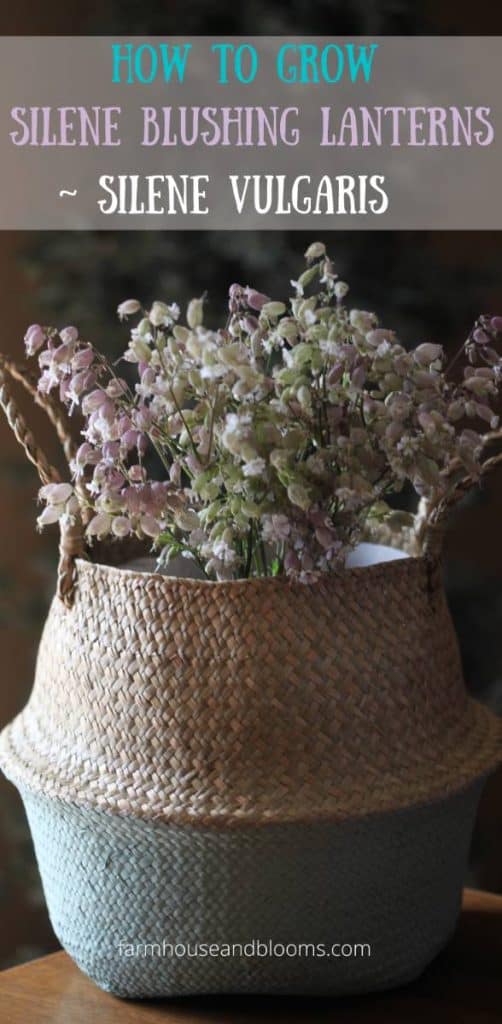
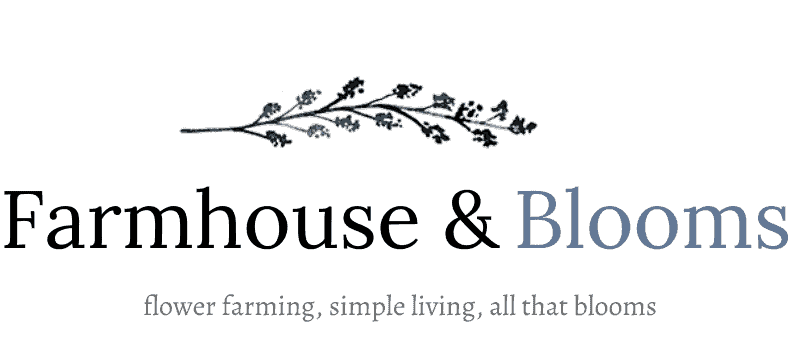

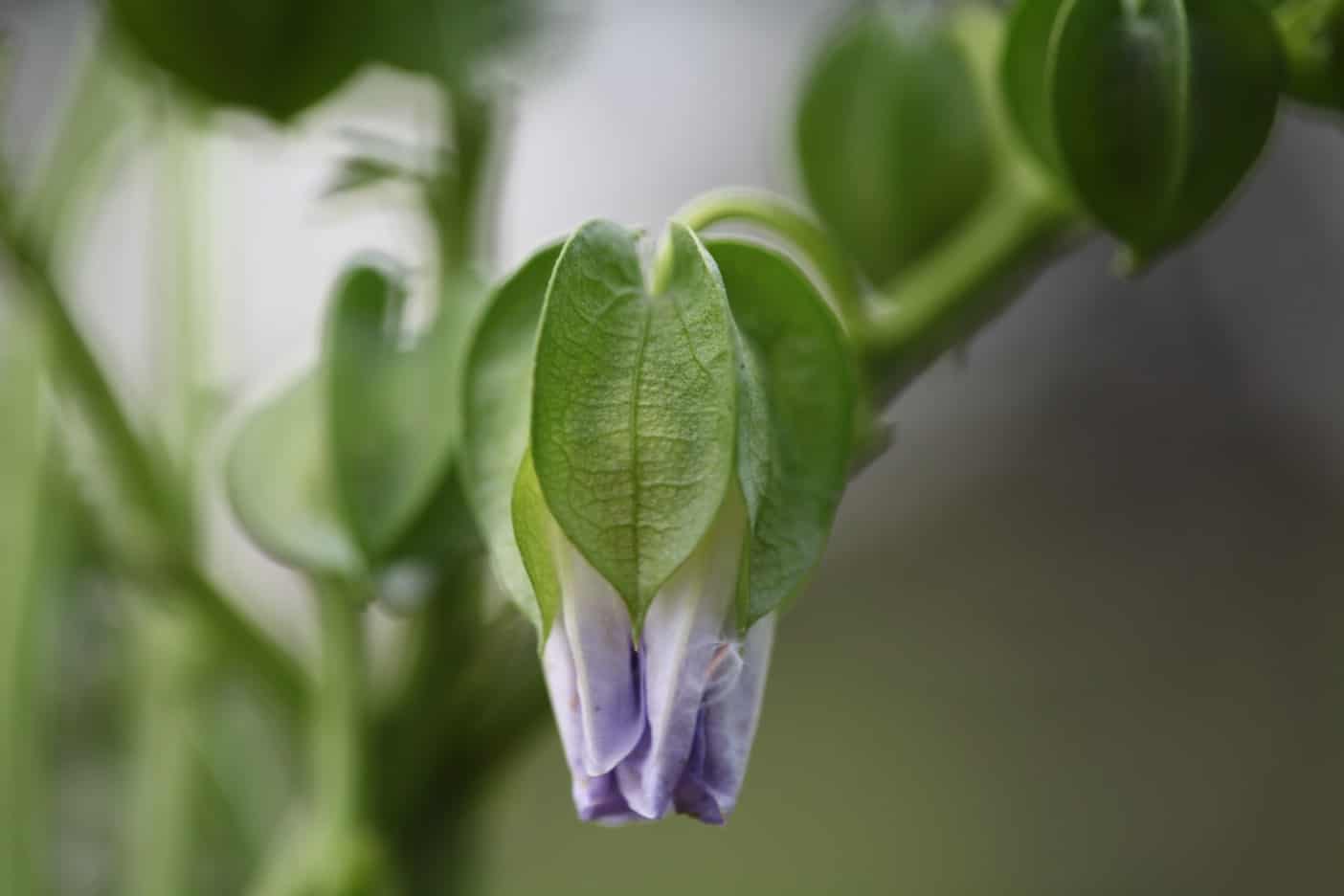
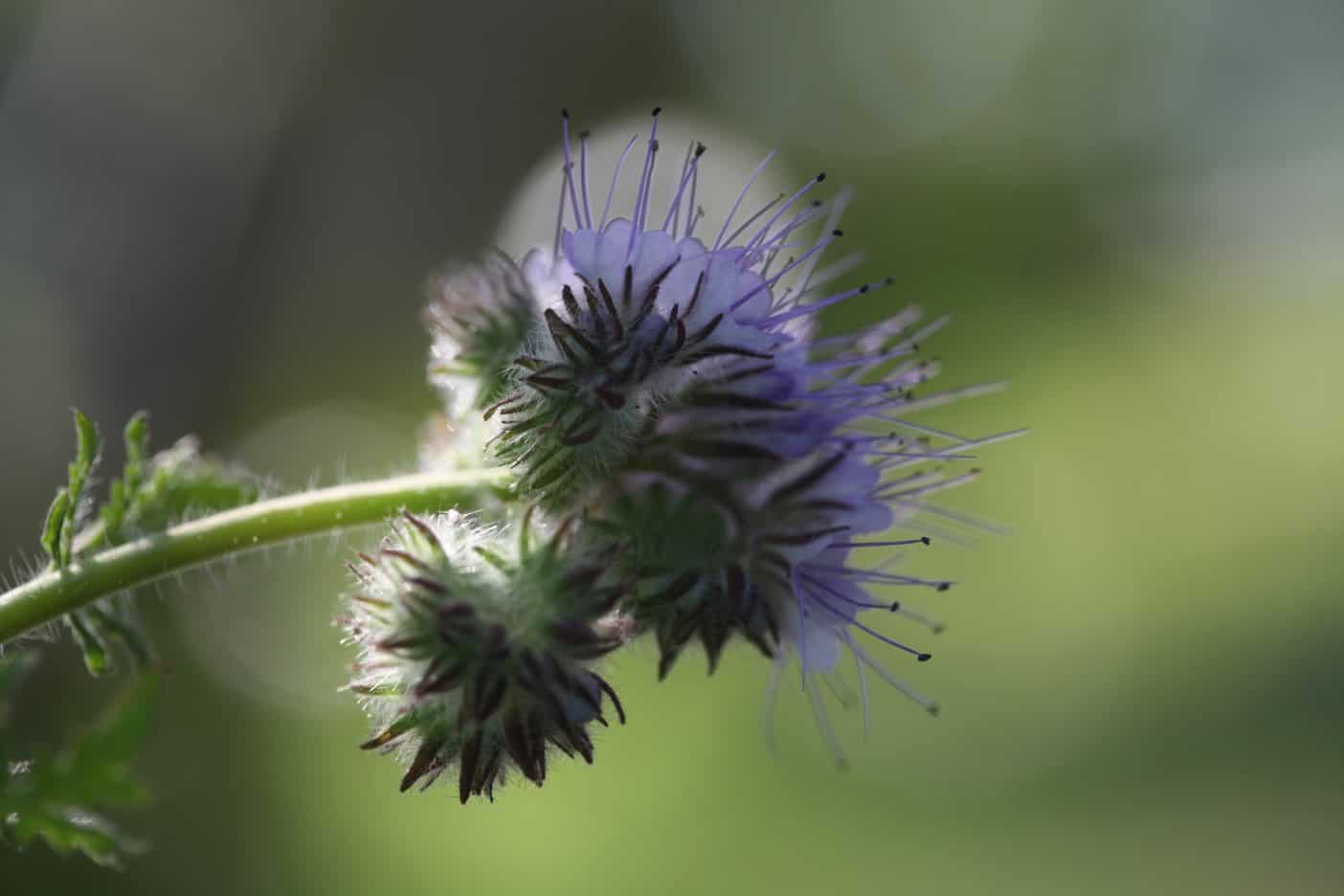
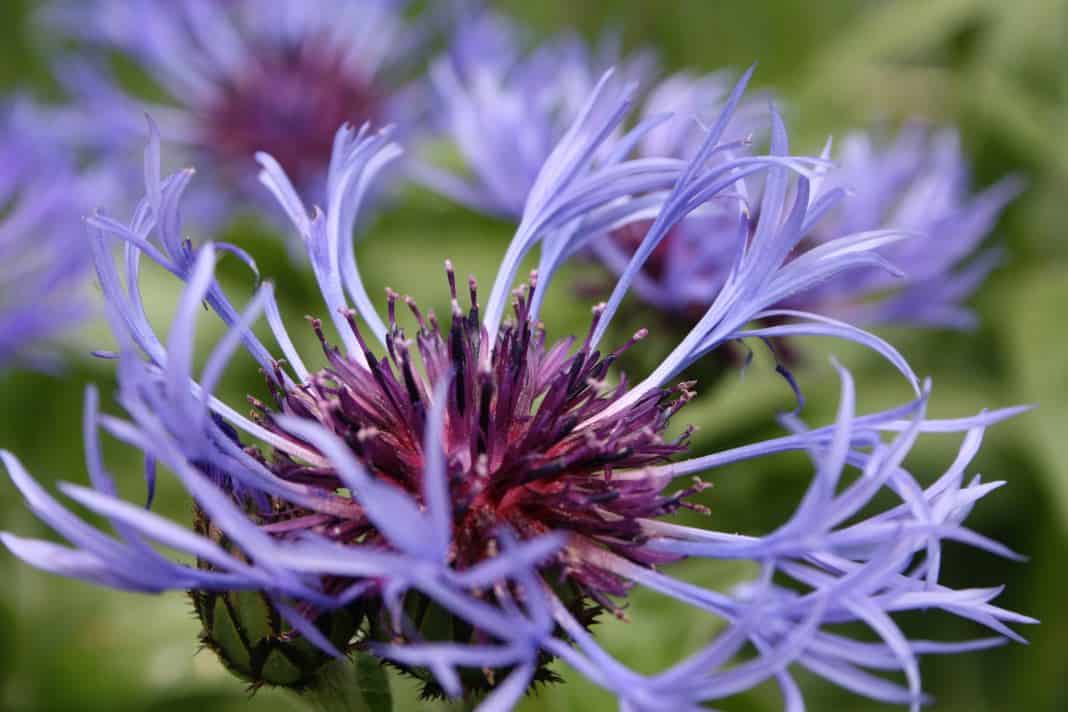
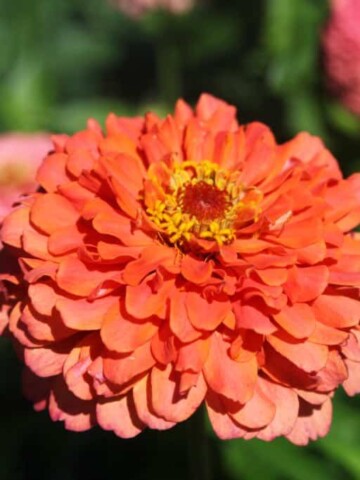
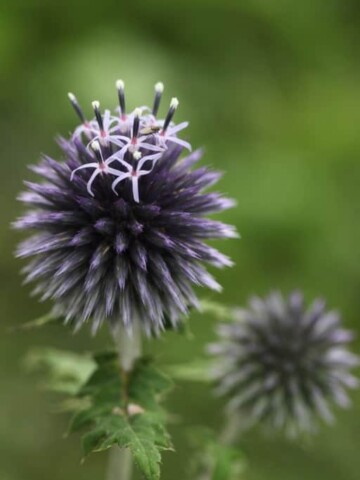
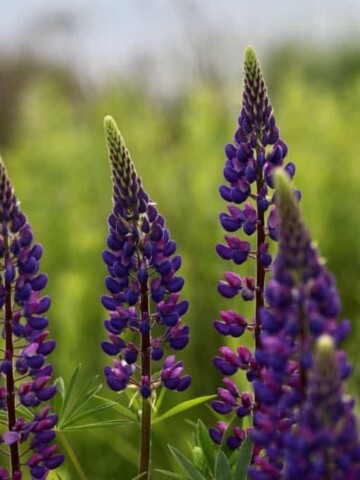
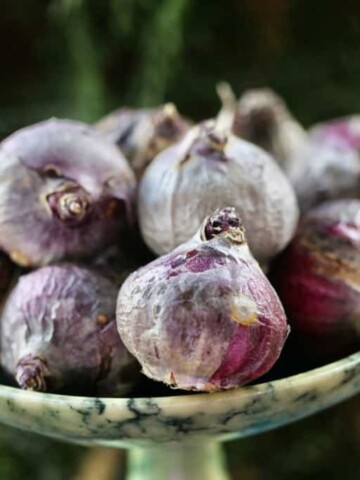
Brenda
Hello! I grew Silene Blushing Lanterns for the first time this past season and loved them! I found your very informative post as I was wondering if I might be able to overwinter them in my 6b growing zone. Do you provide protection for the plants with any type of mulch (leaves/compost) or row cover? I am going to attempt to overwinter mine with hopes of survival and spring blooms! Thank you in advance for any information you might share!
cheyanne
Hi thanks for your comment! Yes they should do very well in zone 6b, and require little extra care. Ours survived our harsh zone 5b winters with no problem, and these wildflowers are actually native to our province. The second year growth was much better than the first. Good luck with your blooms!